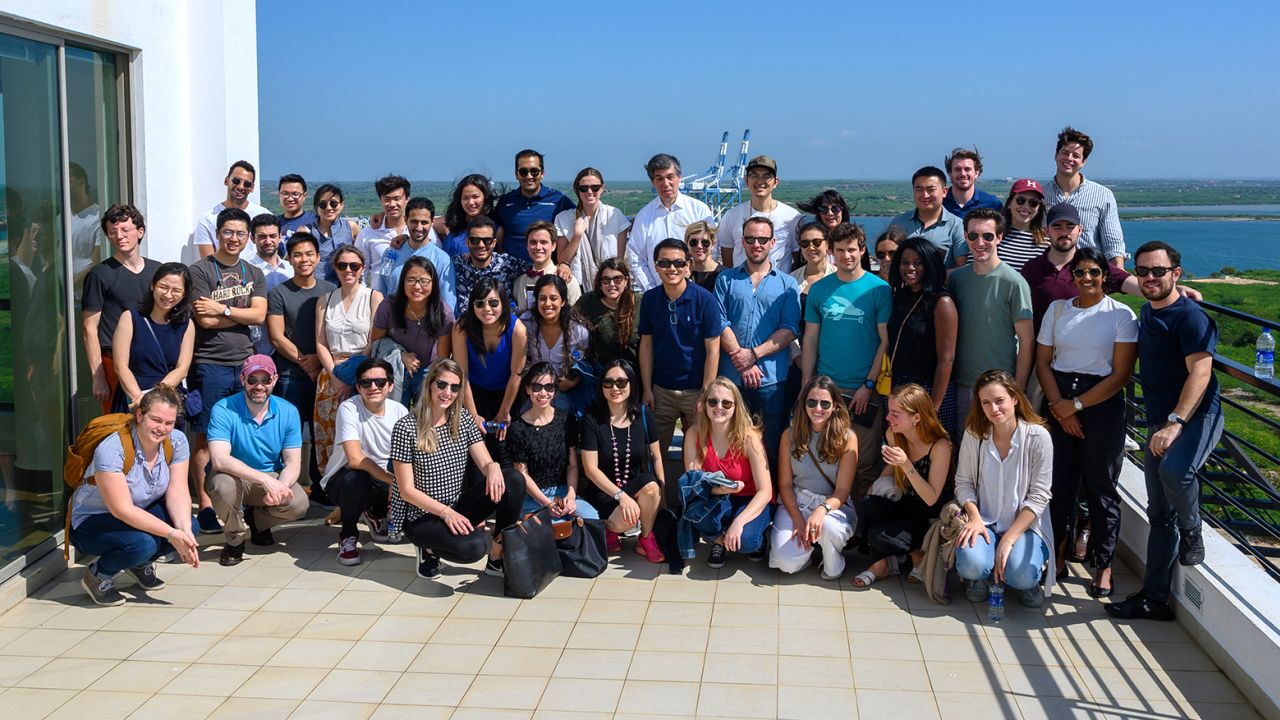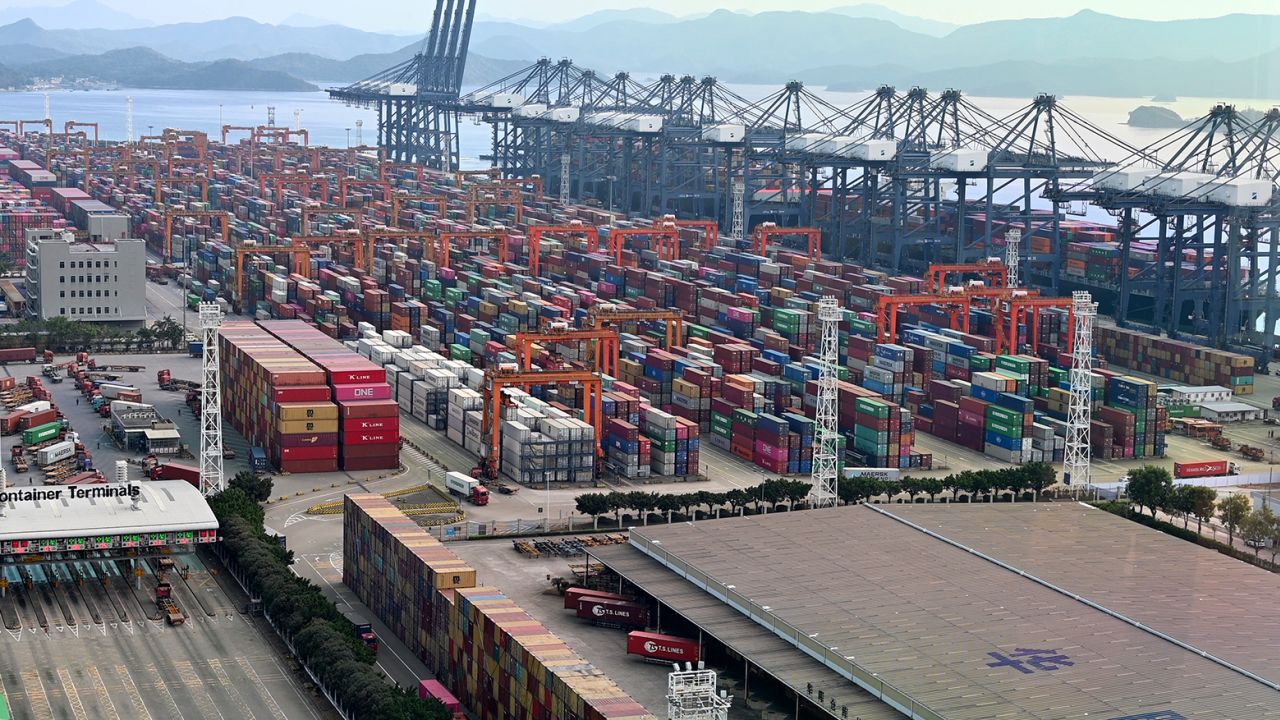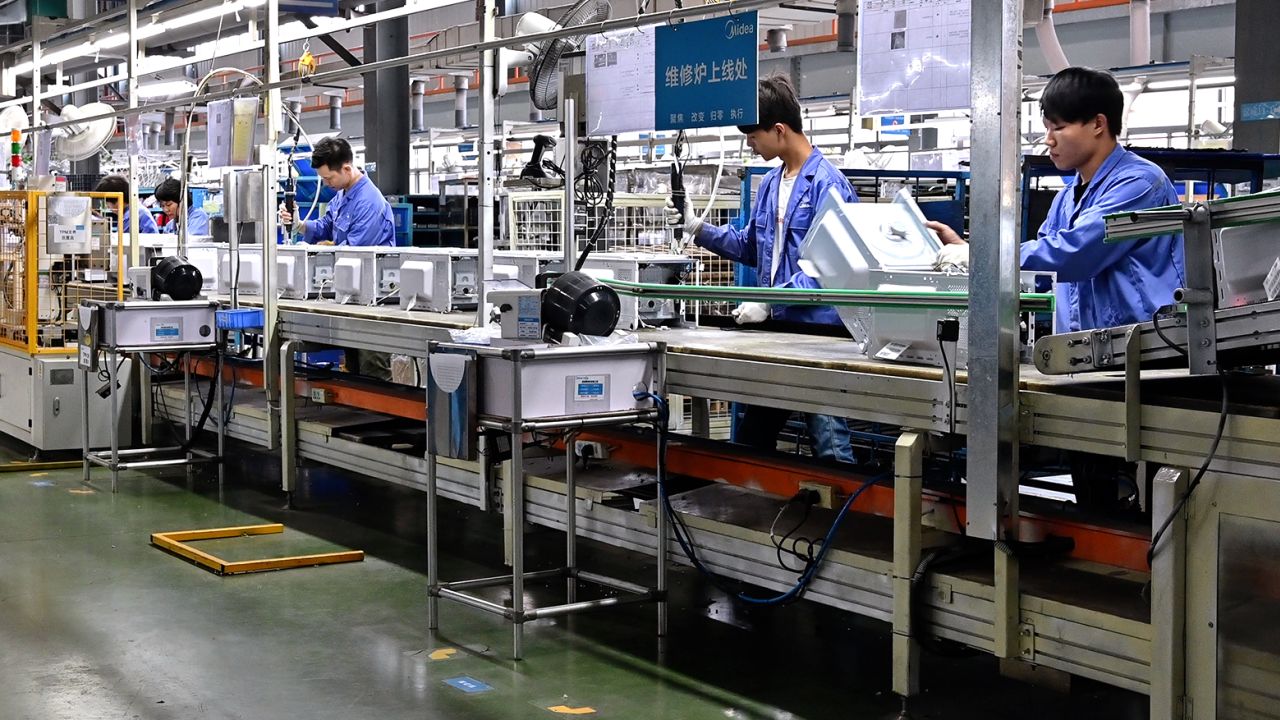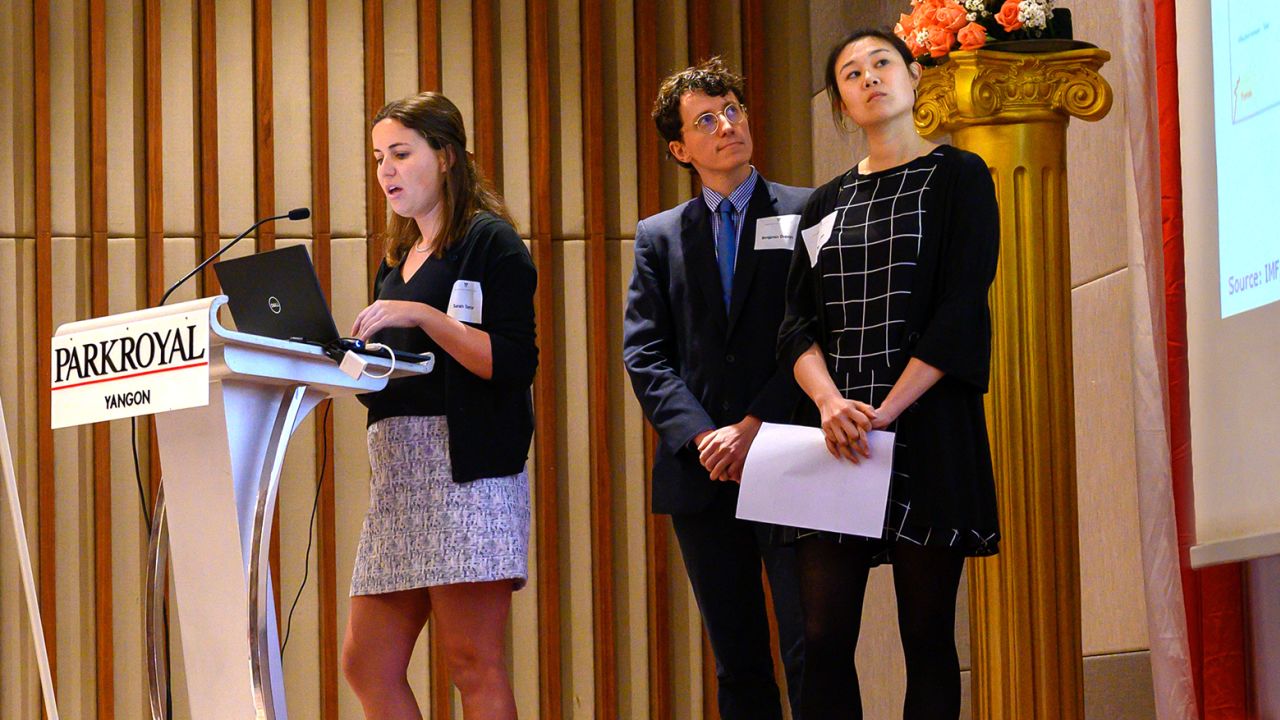Global Understanding
The culmination of an immersive field course, the trip brought the students’ classroom learning to life and offered insight into one of China’s major political and economic development programs. Combining the overland Silk Road Economic Belt and the Maritime Silk Road, the BRI is considered one of the most ambitious infrastructure undertakings ever conceived. It comprises a vast collection of development and investment projects stretching from East Asia to Africa to Europe.
This signature foreign policy initiative is described by the Chinese government as “a bid to enhance regional connectivity and embrace a brighter future,” while some observers see it as a push to enhance China’s role in global affairs with a China-centered trading network. The course exposed students to the diversity of views across the region and beyond, combining advance study and preparation with the unique perspective that comes from on-the-ground observations and interactions.
The students spent two weeks in China, Myanmar, and Sri Lanka in January. Led by Meg Rithmire, the F. Warren McFarlan Associate Professor of Business Administration, and Willy Shih, the Robert and Jane Cizik Professor of Management Practice in Business Administration, the course was designed to help students understand the BRI from both an operations and a political-economy perspective.
“China’s global efforts, especially its overseas investments in the Belt and Road Initiative, are among the most important yet least understood forces that will shape the global business environment in the coming decades,” explains Rithmire.
“It was a truly unique opportunity to learn about Chinese politics and policy on the ground in real time… the trip [also] provided incredible context for understanding and analyzing the impact COVID-19 would soon have on the global supply chain.”

“It was a truly unique opportunity to learn about Chinese politics and policy on the ground in real time… the trip [also] provided incredible context for understanding and analyzing the impact COVID-19 would soon have on the global supply chain.”
Pallavi Menon (MBA 2020) considers the course to have been the defining experience of her time at HBS. “It was a truly unique opportunity to learn about Chinese politics and policy on the ground in real time,” she explains. “Additionally, with a focus on ports and container shipping, the trip [also] provided incredible context for understanding and analyzing the impact COVID-19 would soon have on the global supply chain.”
The immersion was packed with meetings with business leaders and government officials, tours, and other activities—which HBS’s Asia-Pacific Research Center in Hong Kong and India Research Center in Mumbai helped coordinate—to get to know the people, projects, and issues firsthand. The following are a few highlights and key takeaways along the route the students traveled.
Greater China
Shenzhen-Hong Kong Science & Tech Innovation Special Cooperation Zone
Students learned how special economic zones (SEZs) are designed and how they can help spur investments and economic development.
Yantian International Container Terminal
At one of the world’s busiest container ports, the group observed the massive scale of its operations and gained an appreciation for these commercial hubs as bellwethers of the global economy.
Hong Kong–Zhuhai–Macao Bridge
The lack of traffic on the world’s longest sea-crossing bridge illustrated the risk associated with lengthy infrastructure projects. By the time this eight-year, $20 billion feat of engineering was completed, the needs of the regional economy had changed.
Myanmar
Thilawa Special Economic Zone and New Yangon City development project
Students learned why many consider Thilawa to be a model SEZ; they also got an insider’s view of a nascent development project that some compare to Shanghai’s thriving Pudong district.
Research symposium
Students had the opportunity to present their BRI research to alumni and other guests, including the World Bank’s lead economist for Myanmar and the Netherlands’ ambassador to Myanmar, who offered insightful comments and shared their own perspectives.
Sri Lanka
Colombo Port and the site of the future Colombo Port City
While Colombo Port is the busiest container port in South Asia, the students noted how much less automated it was than China’s Yantian port, which handles more than double the cargo.
Hambantota Port
Hearing different perspectives on this port’s construction, geopolitics, and potential economic viability showed the students the importance of thinking critically about the public narratives that are peddled by global stakeholders.







